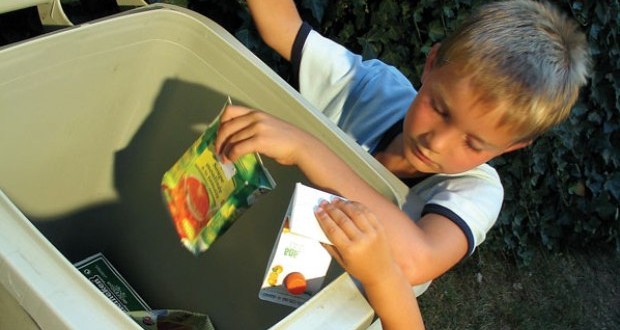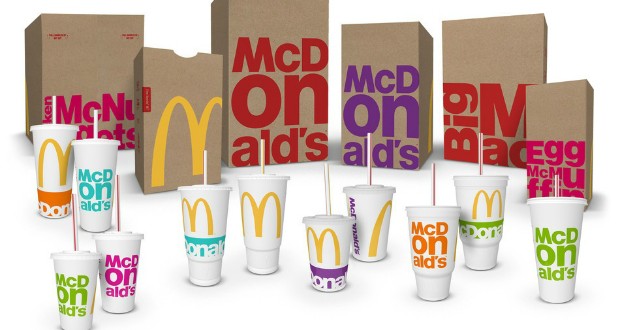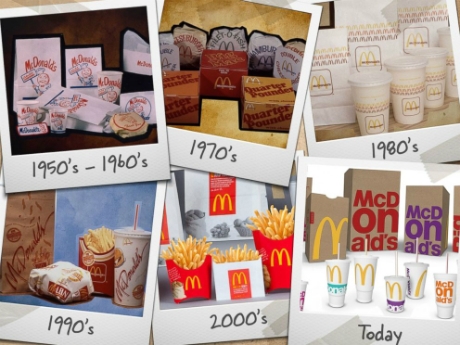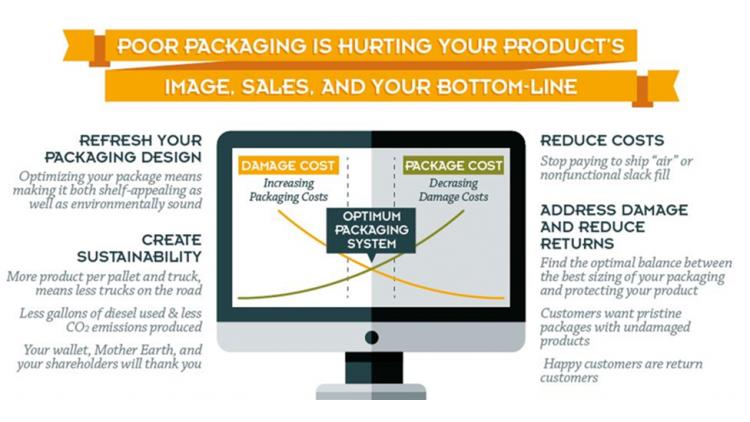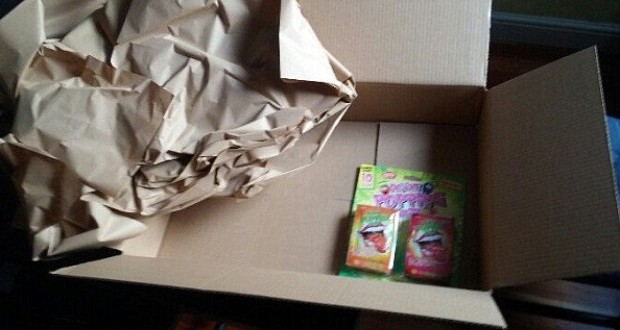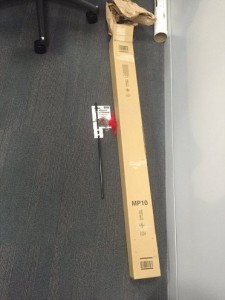The Body Shop is looking to extract harmful greenhouse gases from the atmosphere to make containers and bottle lids.
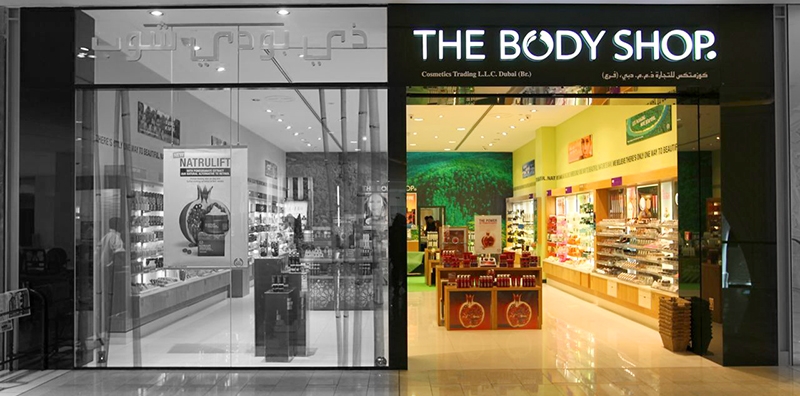
It’s believed that by 2020 The Body Shop scheme could reduce the number of plastics made from oil by 70%.
The packaging would use methane, a waste product which is said to be more harmful to the atmosphere than C02 when the same amounts are compared, and customers would be encouraged to bring the bottles back to be refilled.
The California-based company which makes the new plastic, Newlight Technologies, collects methane from farms and natural gas refineries.
As explained in the video, the gas is put into a reactor with enzymes to absorb the carbon and oxygen, rearranging the particles into a solid material known as ‘Air Carbon’.
This can be melted down to make pellets which can then be shaped into containers, The packs will adorn the retailer’s range of body butters.
Founded by the late Anita Roddick in 1976, The Body Shop became renowned for its ethical and environmental stance, being against animal testing and encouraging recycling.
For more information on The Body Shop’s unique recycled and plastic packaging projects follow the link:
HOW DOES OUR RECYCLING SCHEME WORK?
For more great content and packaging products from A&A Packaging take a visit to Supplies Direct
